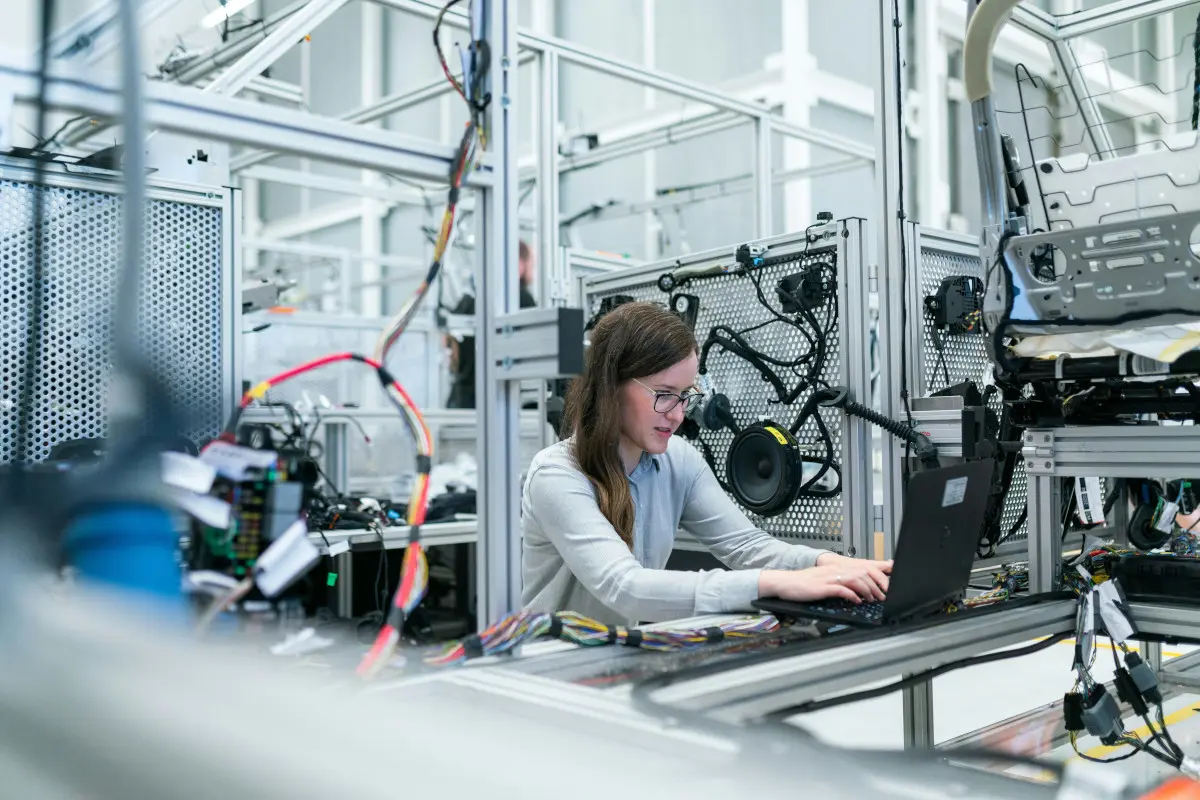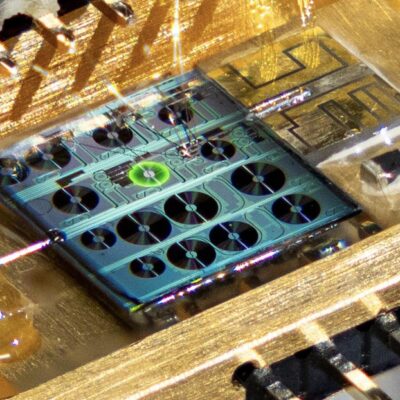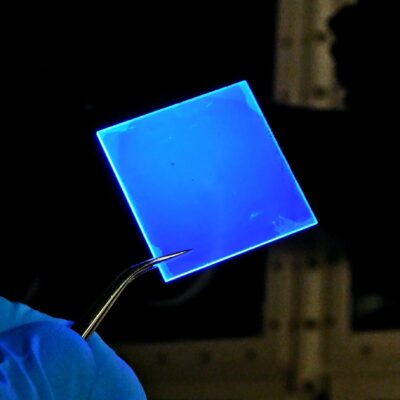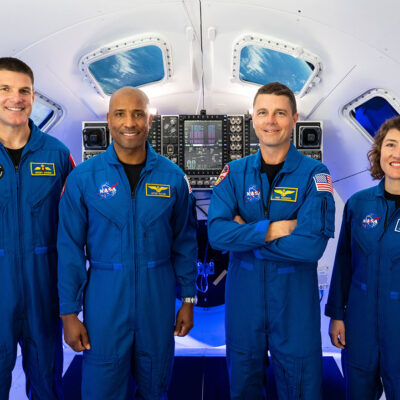The UK has taken a significant step in digital and technological advancement with the opening of its new Digital Twin Centre in Belfast. Positioned as a national hub for the development of digital twin technologies, the centre aims to drive innovation across industries ranging from aerospace and manufacturing to urban planning and energy.
What Is a Digital Twin?
A digital twin is a highly detailed virtual model of a physical object, process, or system. These models are updated with real-time data and used to simulate, predict, and optimize performance. Originally developed for aerospace engineering and advanced manufacturing, digital twins are now being applied to everything from smart cities to human health monitoring.
With the ability to monitor, test, and analyze without physical intervention, digital twins have become key tools in engineering, urban infrastructure, and environmental modelling. The Belfast facility will focus on further developing these technologies and their commercial and scientific applications.
Why Belfast?
The new centre is located at Global Innovation Institute (GII) within Queen’s University Belfast. This location was strategically chosen due to the city’s growing reputation as a tech and research hub, bolstered by strong academic partnerships, skilled talent, and substantial investment in digital infrastructure.
Northern Ireland has seen a surge in innovation activity over the past decade, with increasing support from UK Research and Innovation (UKRI), Innovate UK, and local government initiatives. The launch of the Digital Twin Centre reinforces Belfast’s role as a leader in digital transformation and smart systems research.
Supporting Industry, Government, and Academia
The Digital Twin Centre is a collaborative initiative designed to bridge gaps between academia, government bodies, and private industry. The facility will support a range of sectors by providing digital simulations for testing infrastructure, policy planning, and product development without the risks or costs associated with physical trials.
Key partners include Queen’s University Belfast, the Centre for Digital Built Britain (CDBB), and several UK Catapult Centres that specialize in advanced manufacturing, aerospace, and urban systems. These collaborations are expected to deliver scalable solutions for sectors looking to improve resilience, reduce emissions, and increase productivity.
The centre is also expected to contribute significantly to workforce development by training professionals in data analytics, simulation modeling, and virtual engineering—skills that are increasingly vital in today’s evolving tech landscape.
Impact on Space, Engineering, and Energy
One of the most promising uses for digital twin technology lies in the space and aerospace sectors. Simulating satellite systems, propulsion mechanisms, and spacecraft design in a digital environment allows engineers to predict performance, test new materials, and reduce mission risk.
Belfast, with its established aerospace ecosystem including companies like Spirit AeroSystems and Thales, is well-positioned to become a European leader in aerospace digital twin research. The centre will support the design and testing of complex systems with precision and speed that traditional prototyping cannot match.
In the energy sector, digital twins will aid in modeling energy grids, renewable infrastructure, and storage systems. These applications are crucial for planning the transition to net-zero carbon targets and understanding how real-world systems interact with digital technologies.
Enabling Smarter Cities and Climate Solutions
The Belfast Digital Twin Centre will also play a role in smart city development. By creating real-time simulations of traffic, building performance, and infrastructure networks, cities can better plan for population growth, sustainability, and climate adaptation.
Planners can use digital twins to test scenarios like flooding, energy consumption, or emergency response strategies in a virtual environment before applying changes in the real world. This approach enhances decision-making with evidence-based simulations and helps governments save costs by avoiding flawed implementations.
Additionally, climate scientists can use digital twin models to simulate carbon capture systems, climate feedback loops, and ecosystem responses under different environmental stressors, leading to more informed global sustainability strategies.
Future Prospects and Innovation Goals
According to stakeholders, the centre will continue to evolve with emerging technologies such as AI integration, quantum computing, and edge analytics, which will push the boundaries of what digital twins can achieve. AI will enhance predictive capabilities, while quantum computing could handle more complex simulations with greater speed.
Dr. Godfrey Gaston, Director of the Global Innovation Institute at Queen’s University, emphasized that the centre is designed to grow with the needs of industry and society. “This facility represents not just a milestone for Northern Ireland but for the UK’s ambitions in digital leadership,” he stated during the launch event.





